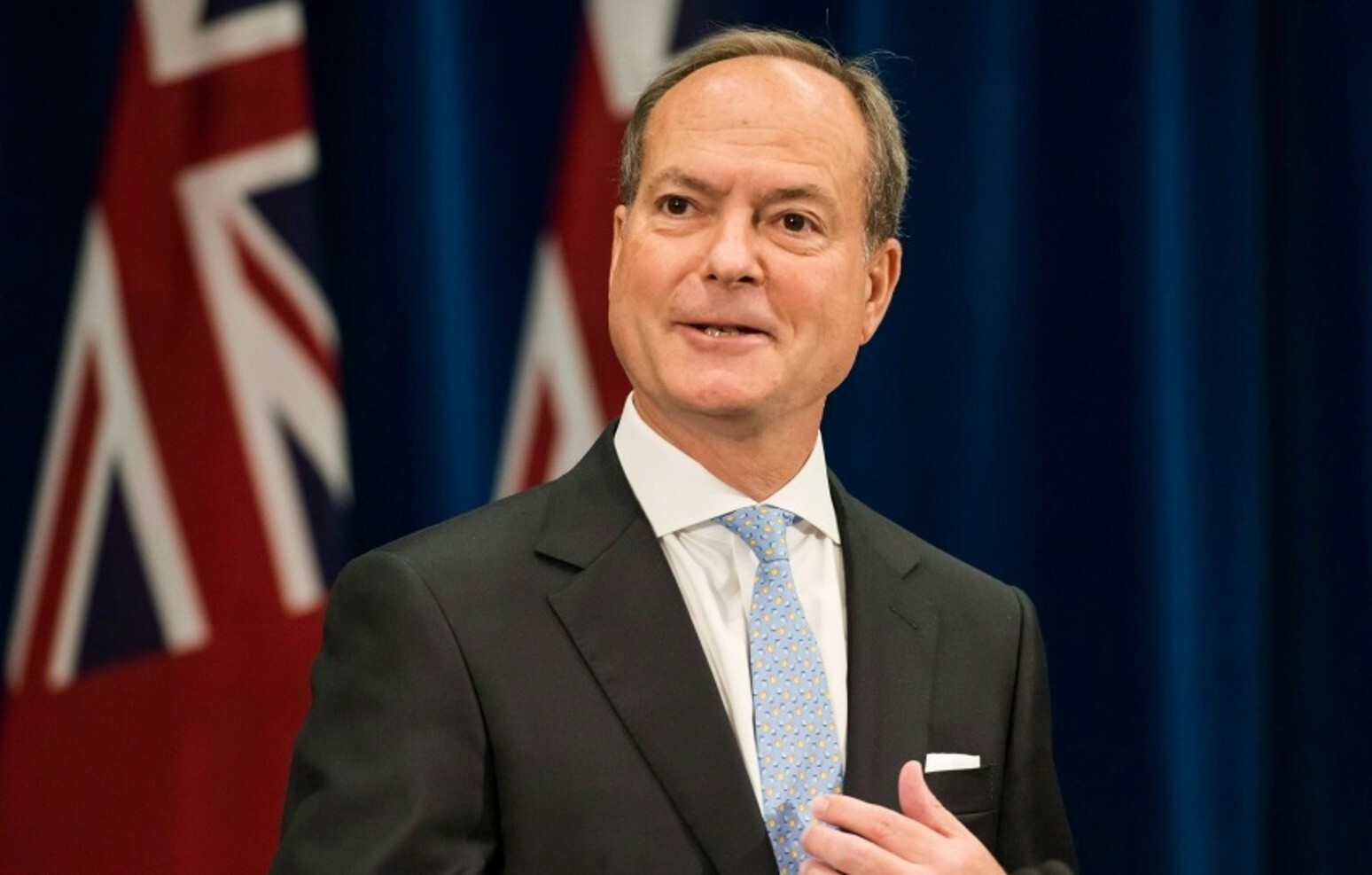

Ontario has introduced a USD 1-billion relief fund to support businesses hit by aluminium, steel, and auto tariffs. The initiative, called the Protect Ontario Financing Program, is part of a broader USD 5-billion tariff support package unveiled in the province’s spring budget. According to Finance Minister Peter Bethlenfalvy, the program will provide loans to help companies cover payroll, rent, and utility costs, measures aimed at preventing closures and layoffs.

To qualify, businesses must be directly impacted by the specified tariffs, employ at least 10 workers, and generate minimum annual revenue of USD 2 million. Other key parameters include:
The program offers a minimum loan amount of USD 250,000, repayable over a term of up to 72 months (6 years) with annual instalments. Borrowers may prepay at any time without penalty. Applicants are required to demonstrate their ability to meet repayment obligations and provide security deemed satisfactory by the province.
“Our government is leaving no stone unturned in our efforts to protect workers and businesses from the economic challenges facing Ontario,” Bethlenfalvy said. “The Protect Ontario Financing Program will help keep workers on the job in sectors that are being hit hard by tariffs while building a more resilient and self-reliant Ontario economy for the long term.”
To assist businesses, the province has launched a dedicated website featuring program details and an online eligibility tool. Companies that pass the initial screening will be contacted to move forward with their applications and next steps. Officials describe the initiative as “a flexible and agile response” designed to protect Ontario’s steel, aluminium, and auto sectors most affected by U.S. tariffs helping safeguard jobs and strengthen economic resilience in uncertain times.
At the federal level, additional support is also available through programs such as Export Development Canada’s Tariff Impact Program, the Business Development Bank of Canada’s Pivot to Grow Program, and the Large Enterprise Tariff Loan Facility.
For more ALuminium industry insights - Global Aluminium Industry Outlook 2025
Throwback to the ongoing trade tension between US & Canada
These measures come against the backdrop of escalating US-Canada trade tensions. The Trump administration’s aluminium tariffs, set at 25 per cent from March 2025 and rising to 50 per cent by June have disrupted global aluminium trade, shaking supply chains and reshaping industry dynamics. The dispute intensified when Washington imposed a 25% tariff on all Canadian goods starting March 4, followed by an additional 25 per cent duty on aluminium and steel imports on March 13. Ottawa retaliated with its own 25 per cent tariffs on a range of US products, including aluminium, steel, and consumer goods.
Tensions escalated further on April 3, when the US introduced a 25 per cent tariff on imported automotive products. Soon after, aluminium and steel tariffs were doubled from 25 per cent to 50 per cent, with the UK notably exempt from the hike. This marked a turning point in the trade standoff, heightening risks for supply chains and cross-border commerce.
Canada, meanwhile, has pursued a strategy of firmness coupled with flexibility. Its 25 per cent retaliatory tariff on US aluminium and steel is structured around a 30-day deadline, making adjustments contingent on the outcomes of bilateral negotiations. If a trade agreement is reached within that window, the tariffs could be reduced or lifted; if not, Ottawa reserves the right to revise them, safeguarding national interests while maintaining leverage.
Taken together, federal, provincial, and retaliatory trade measures underscore Canada’s multi-layered response to protect its economy. While Ottawa seeks to preserve stability in trade relations with its largest partner, Ontario’s relief fund ensures that local industries and workers have immediate financial support to weather the fallout of an intensifying trade conflict.
Also Read: Tariff tensions rise as Canada-US trade deal remains uncertain
Responses








